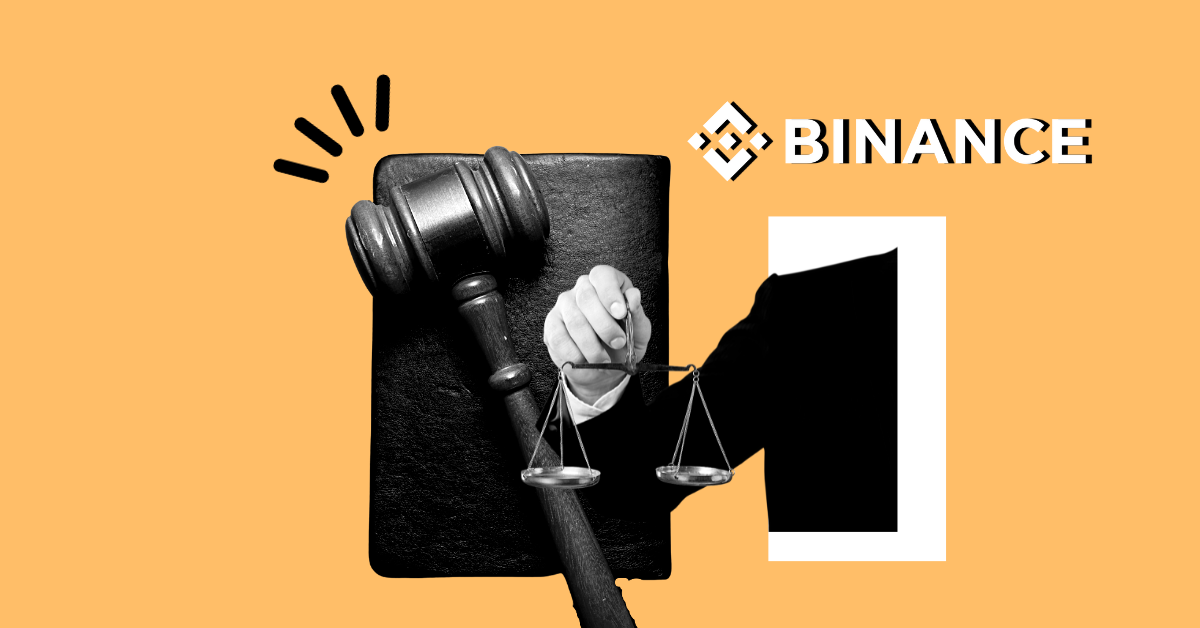
The long-standing legal confrontation between the Securities and Exchange Commission (SEC) and Binance has taken a new turn. On November 4, Binance submitted a motion to dismiss the case at the U.S. District Court for the District of Columbia. This move is a direct response to the SEC’s amended complaint, which accuses Binance and its CEO, Changpeng Zhao (commonly known as CZ), of significant violations of U.S. securities laws. Let’s delve into the details of this complex case.
Case Background and Initial Rulings
The legal saga began when the SEC categorized crypto assets, such as the tokens traded on Binance, as securities. However, the court partially dismissed this broad classification. The court emphasized that not every crypto transaction qualifies as a securities transaction under the Howey Test, which is used to determine what constitutes an investment contract. It clarified that each transaction must be individually assessed to see if it aligns with the definition of an investment contract.
Key Allegations and Binance’s Arguments
The SEC has leveled several allegations against Binance, focusing particularly on anonymous resale transactions. The SEC contends that these transactions should be recognized as securities transactions. Conversely, Binance argues that these resales do not satisfy the Howey criteria, as they lack a direct connection to the original developers.
Another significant allegation involves employee compensation. The SEC asserts that BNB tokens, provided to employees as part of their remuneration, constitute an investment contract. Binance disputes this, pointing out that employees have the option to convert their BNB into fiat currency, suggesting that the tokens serve a utility function rather than an investment purpose.
The SEC also takes issue with what it describes as the “blind sales” of tokens, claiming they qualify as securities offerings. Binance counters this claim, stating that these transactions do not carry any promise of profit derived from the developers’ efforts, emphasizing their utility aspect.
Additionally, Initial Exchange Offerings (IEOs) are under scrutiny. The SEC argues that IEOs for tokens such as MATIC and AXS involved public distributions aimed at raising capital, thereby categorizing them as securities transactions. Binance defends itself by arguing that the primary intention of buyers was to utilize these tokens rather than invest in them for profit.
What’s Next
The future direction of this case is crucial, highlighting significant challenges in the regulation of the crypto market. The SEC’s evolving arguments combined with Binance’s robust defense strategies illustrate the complexities involved in applying existing securities laws to the rapidly evolving world of digital assets. As the case progresses, it could establish critical legal precedents concerning the treatment of cryptocurrencies. This situation is one to watch closely, especially for those interested in the burgeoning field of digital currencies.
The SEC vs Binance case promises to be a protracted legal battle with far-reaching implications for the treatment of cryptocurrencies. The crypto industry is keenly observing the developments, particularly with the upcoming U.S. elections, which could bring about significant changes affecting the entire ecosystem.






